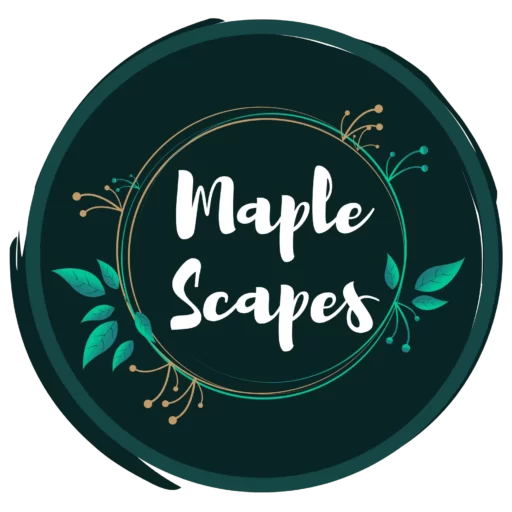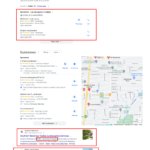Calgary is a beautiful city in Alberta, Canada. In its natural vicinity, Calgary is known for its nearby Rocky Mountains and Banff National Park. It harbours a diverse and welcoming community and is known for its relation to the energy industry and economic diversification efforts.
Like any other city, Calgary also has a set of bylaws to effectively govern the various aspects of community life. Here in this article, we will discuss the various Yard bylaws that you should be aware of if you own a yard and are a resident of this magnificent city.
Yard bylaws in Calgary
Calgary has several bylaws for the effective maintenance of yards. These bylaws must be abided by any citizen, or they may be fined for violating these laws. Now, let’s take up all the yard bylaws in Calgary and the amount of fines imposed upon violation of these laws.
Composting
Owners and residents of a property must take care of their composting pile, and composting containers don’t cause trouble due to:-
- Its offensive odor
- Pests
- A property owner shouldn’t place animal feces or meat with a composting mixture as it may spread Infections.

The composting pile must be closed if it’s within a 10-meter radius of the surrounding residence, measured from the closest part of the composting pile to the closest part of the adjacent accommodation.
Fines imposed upon violating these bylaws range between $50 to $100.
Fire pits
Residents, with care, should handle fire pits in the backyard, outdoor fireplaces and chimneys to ensure the safety of the surrounding neighbourhoods. Ensure to check the Fire ban status before starting a fire. Smoke from fire pits can be a nuisance and may have adverse health issues in some people, so remember to abide by the bylaws related to smoke.
Before installing fire pits, you must take care of the wind conditions in your surroundings.
- High wind speeds spread the smoke over a long range or pose a fire danger.
- Low wind speeds won’t spread the smoke properly and could cause poor air quality.

Tips to always keep the fire in control:-
- Place a metal grill over the fire pit to reduce the flame size, as it would prevent sparks and clinkers from escaping and igniting surrounding material.
- Keep a fire extinguisher readily accessible.
- Install fire-resistant barriers around the fire pit.
- Install smoke detectors.
Guidelines for fire pits:
- Fire pits in the backyard should be made in the ground, on brick or stone, or in a fire-proof vessel.
- Portable fire pits can be used while placing them on a deck if they balance on a brick or stone and not on the wood.
- Fire pits should be a minimum of two meters away from any property, garage or fencing.
- Fire pits must not be placed under trees, plants and other flammable substances.
- Fire in the fire pit shouldn’t rise above one meter in height and width. Individuals should use a spark guard or mesh screen to keep the fire in check. The holes of the mesh screen should be at most 1.24 cm in diameter.
- Burn dry and tidy firewood and avoid:-
- Painted, treated wood or one with glue or resin stuck on them.
- Firewood of a different region
- Wet or green/freshly chopped wood
- Wastes from the yard (cut grass or leaves)
- Other waste materials and debris
- Plastic or Rubber materials
- Furniture
- Install a watering hose or keep a bucket of water near the fire pit to put out the fire immediately in case of a mishap.
- Fire in the fire pit must be continuously monitored by a resident to prevent any misfortune.
- No individual is permitted to ignite an outdoor fire on a premise during:-
- Monday to Friday, between 12 a.m. and 10 a.m.
- Saturday or Sunday, between 1 a.m. to 10 a.m.
Fines for violating these rules are tough, as it ranges between $500 to $5000 depending on severity.
To complain about an unattended fire, dial 311.
To report about a fire spreading outside the fire pit uncontrollably, dial 911.
Tips for preventing fire during barbeque

- Keep your barbeque clean and regularly check for buildup of any debris or grime on or under the grill.
- Ensure the connections are correct and the hose from the gas tank is in good condition and isn’t cracking up.
- Check for leaks by applying a mixture containing equal amounts of soap and water to all the hoses and connections. If bubbles form on any part, that means there is a crack.
- In case of a rusted or damaged propane tank, discard it immediately. Never use the barbeque if there are any leaks.
- If you’re new or need clarification on whether using your barbeque is safe, get it inspected by a professional.
Grass
- Private property holders must keep the grass and herbaceous plants within 15 cm (six inches) of height. Cultivated gardens are an exception to this bylaw.
- Property owners must maintain the area surrounding their property (i.e. boulevards) up to the middle of the lanes and the street.

If any property owner fails to keep their grass and herbaceous plants within 15 cm of their property, they would be issued Remedial Orders by Bylaw Officers.
Violating these laws would incur a fine of $400 under the Community Standard Bylaw.
Common Pests in Your Yards
Pest infestation is a serious issue and must be addressed immediately for the health of your greenery. A not-so-well-known pest named “chinch bug” has recently been spotted across many city corners. They could be more commonly seen during summers as they thrive in hot and dry climates. Chinch bugs are about 5 millimeters long. During the nymph stage, their body is bright red with white stripes across their back, and they don’t have wings as they develop—their color changes from orange to brown to black.
Signs of chinch bug infestation in your yard:
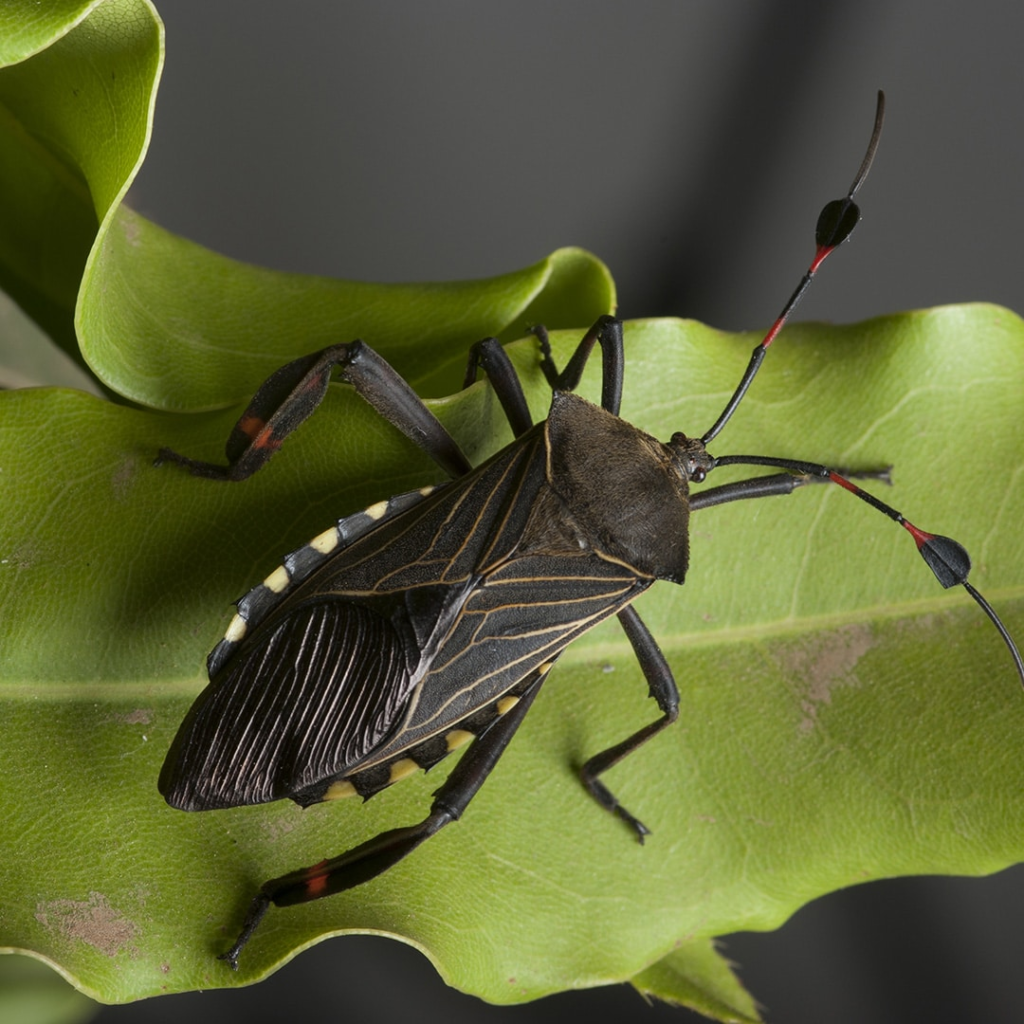
- Yellowing and wilting of grass might be a sign. Suppose you notice the discoloration of your grasses in areas receiving direct sunlight. In that case, there is a good chance that chinch bugs have invaded, as they prefer sunny areas.
- They produce a waxy substance that can be seen on the stems and leaves of grass and the molted skin of nymphs could be found as they grow.
- Infestations by chinch buds lead to water stress in the grass. If you notice parts of your yard that remain abnormally dry or don’t respond to watering, it could be due to the chinch bugs.
Other commonly found pests:-
- Aphids:- Cause yellowing and wilting of leaves and leave a black scum underneath the leaves. Use a strong spray of water to take them off.
- Oystershell scale:- Infects shrubs and trees and gives them a bumpy appearance similar to the shells of an oyster. Prune back the infected branches and treat the tree or shrub with insecticidal soap around when the egg hatches. In severe cases, the plant must be treated with pesticides.
- Bronze leaf disease affects poplars and aspens, turning leaves orange or reddish brown at the edge and spreading towards the midvein. Get the affected area pruned by a certified arborist, as the tools used should be adequately treated to prevent the spread of the disease.
- Elm scale:- Affects Elm trees, dominantly during mid-July. Leaves start to wilt and eventually die. Twigs and branches are also affected as the disease penetrates further into the tree. Use plenty of water to water the trees and remove the affected parts.
- Red lily beetle:- It affects lilies. They are bright red that look like a ladybug. Female red lily beetles lay crimson or orange eggs under the leaves, which turns into a brown larva that kills the leaf.
Foxtail Barley
As foxtail barley is a perennial grass, it must be controlled on the properties as stated under the Community Standard Bylaws.
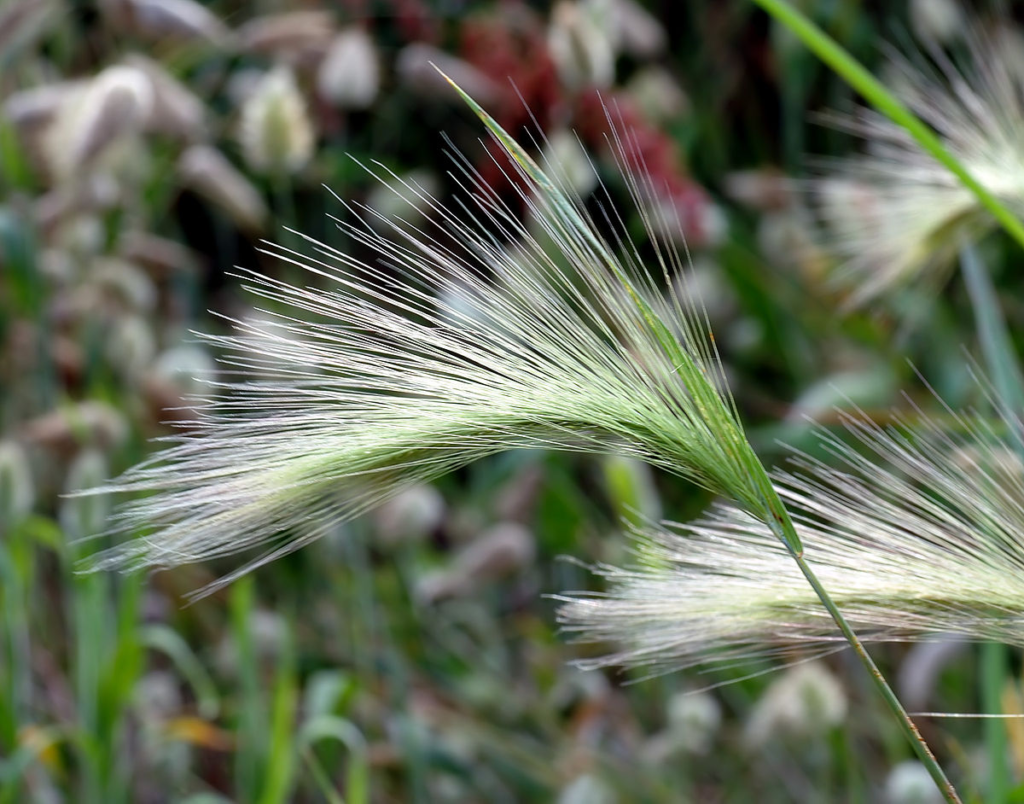
- Mitigation before foxtail barley reaches 15 cm is essential to avoid seeding and further spread.
- Nuisance property holders must control foxtail barley over 8 cm to avoid danger to local pets.
The penalty upon violation of these laws is $500. A Peace Officer may issue Remedial Orders to guide how the plant should be managed, wherever required.
Trees and Shrubs
- Individuals must trim trees, shrubs, and hedges on private properties to stay out of the way of pedestrians on the sidewalks or automobiles using the street or alley.
- Hedges, trees, and shrubs should be at most the height of 750 mm if located within a corner of the property.
- If you own a newly constructed property, you must plant the required number of trees within a year and maintain those trees for about two years after the issue of a development completion permit. Trees can be existing or new saplings.
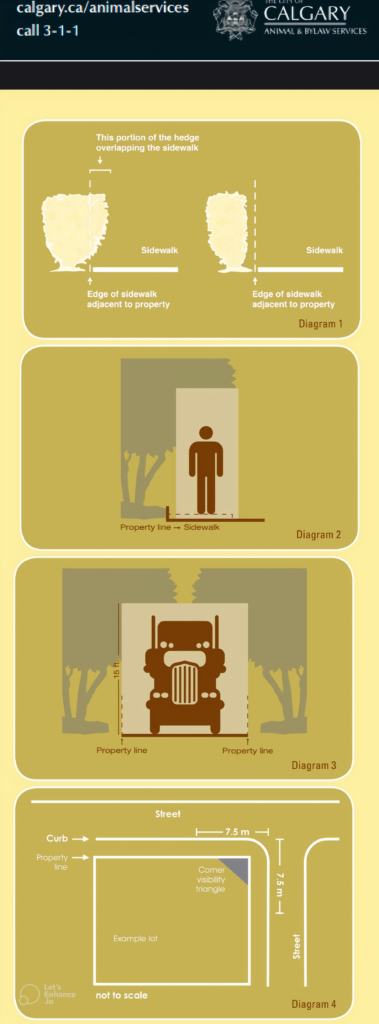
Number of trees you’re required to plant on your property:-
| Home type | Parcel width | Required trees | Size |
| Single detached | Over 10 metres | 3 | 50 mm diameter |
| Single detached | 10 metres or less | 2 | 50 mm diameter |
| Semi-detached | N/A | 2 per unit | 50 mm diameter |
To promote the preservation of mature trees, existing deciduous or coniferous trees are considered to meet the requirements if they align with the following minimum size:-
- 50 mm diameter or three meters high = One Tree
- 85 mm diameter or four meters high = Two trees
To complain about Tree or shrub infringement, complete a service request at Report a Tree or Shrub Infraction or dial 311.
Watering Lawns

- The best time to water your lawns is early morning or evening after it cools off.
- Ensure while watering, water doesn’t run off to streets or sidewalks.
Recent water restrictions in Calgary
The year 2023 has been primarily dry for Alberta so far. Calgary received just 66 percent of its usual June precipitation and much less in July. The city of Calgary calls for citizens to cut on water use and implement a few measures towards the same.
Stage 1 outdoor water restrictions are in effect in Calgary yard bylaws. Citizens are requested to cut on their outdoor water use. The following outdoor water use is allowed during this period at any time or day:-
- Watering gardens, trees, and other greenery with a watering can, soaker hose, or drip irrigation system.
- Allowed to fill an outdoor pool or hot tub and use a pool cover to prevent evaporation.
- Water new sod or lawn seed with a sprinkler or hose.
- Permitted to use water for construction purposes such as grading, compaction, or dust control.
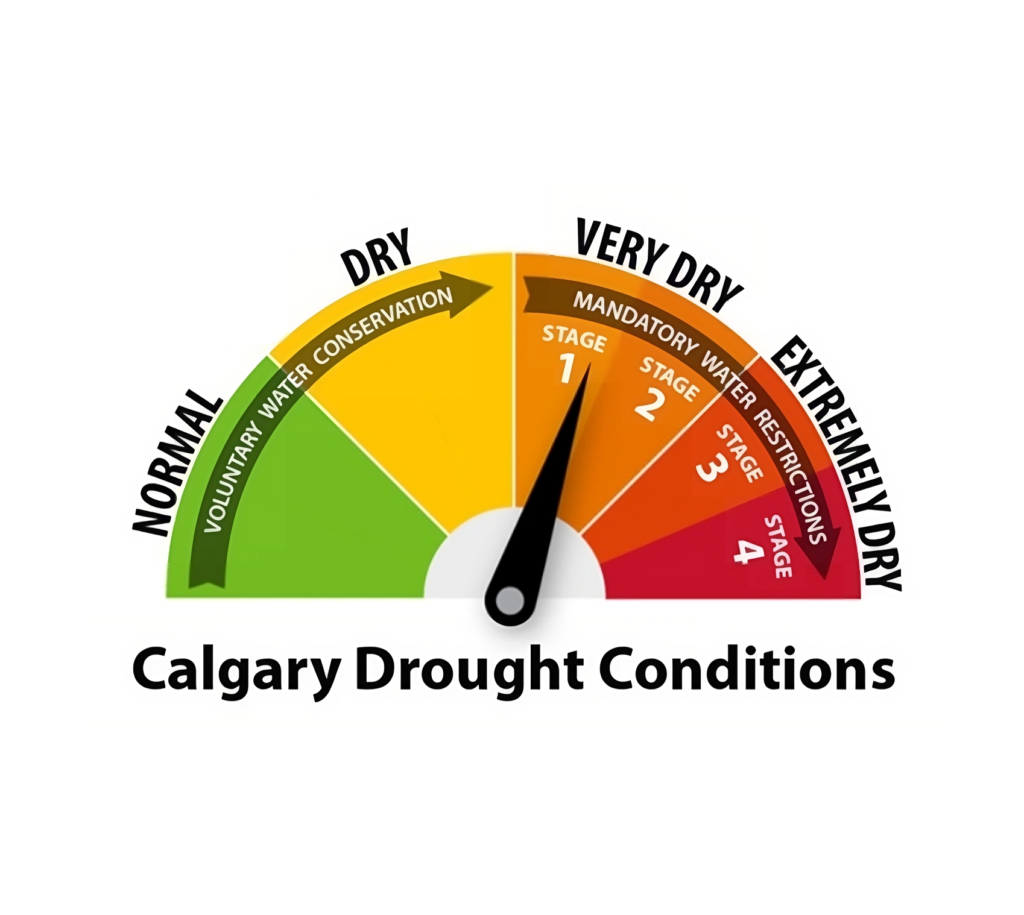
Prohibited actions amid water restrictions in the city:
- Wash your car outside on the driveway or street. You can take your car to a car wash.
- Use fertilizers or pesticides that require the use of potable water.
- Perform a test of your irrigation system.
- Wash sidewalks, driveways, or walkways.
- Wash outdoor windows or clean the exteriors of your property.
- Fill fountains or other water decorative.
Weeds
- Private property holders must ensure that weeds on their premises are under control and don’t spread to other properties. That includes the area from your property line to the centre of the street or lane.
- Private property holders must check the growth of noxious weeds and remove any prohibited ones on their premises.
List of prohibited noxious weeds in Alberta:-
- Autumn olive — Elaeagnus umbellata Thunb.
- balsam, Himalayan — Impatiens glandulifera Royle
- barberry, common — Berberis vulgaris L.
- bartsia, red — Odontites vernus (Bellardi) Dumort
- buckthorn, common — Rhamnus cathartica L.
- cinquefoil, sulphur — Potentilla recta L.
- crupina, common — Crupina vulgaris Pers. ex Cass.
- Dyer’s woad — Isatis tinctoria L.
- Eurasian water milfoil — Myriophyllum spicatum L.
- flowering rush — Butomus umbellatus L.
- garlic mustard — Alliaria petiolata (M. Bieb.) Cavara & Grande
- goatgrass, jointed — Aegilops cylindrica Host
- hawkweed, meadow — Pilosella caespitosa Dumort.
- Hawkweed, mouse-ear — Pilosella officinarum L.
- hawkweed, orange — Pilosella aurantiaca L.
- hoary alyssum — Berteroa incana (L.) DC.
- hogweed, giant — Heracleum mantegazzianum Sommier & Levier
- Iris, pale yellow — Iris pseudacorus L.
- knapweed, bighead — Centaurea macrocephala Puschk. ex Willd.
- Knapweed, black — Centaurea nigra L.
- knapweed, brown — Centaurea jacea L.
- knapweed, diffuse — Centaurea diffusa Lam.
- knapweed, hybrid — Centaurea × psammogena Gáyer
- knapweed, meadow — Centaurea × moncktonii C. E. Britton
- Knapweed, Russian — Rhaponticum repens (L.) Hidalgo
- Knapweed, spotted — Centaurea stoebe L. ssp.
- micranthos (Gugler) Hayek
- knapweed, squarrose — Centaurea virgata Lam. ssp.
- squarrosa (Willd.) Gugler
- knapweed, Tyrol — Centaurea nigrescens Willd.
- knotweed, giant — Fallopia sachalinensis (F. Schmidt Petrop.) Ronse Decr.
- knotweed, hybrid Japanese — Fallopia × bohemica (Chrtek & Chrtková) J. P. Bailey
- knotweed, Japanese — Fallopia japonica (Houtt.) Ronse Decr.
- Loosestrife, purple — Lythrum salicaria L.
- medusahead — Taeniatherum caput-medusae (L.) Nevski
- nutsedge, yellow — Cyperus esculentus L.
- puncturevine — Tribulus terrestris L.
- ragwort, tansy — Jacobaea vulgaris Gaertn.
- rush skeletonweed — Chondrilla juncea L.
- saltcedar — Tamarix ramosissima Ledeb.
- saltlover — Halogeton glomeratus (M. Bieb.) C.A. Mey.
- St John’s-wort, common — Hypericum perforatum L.
- starthistle, yellow — Centaurea solstitialis L.
- tamarisk, Chinese — Tamarix chinensis Lour.
- tamarisk, smallflower — Tamarix parviflora DC.
- thistle, marsh — Cirsium palustre (L.) Scop.
- Thistle, nodding — Carduus nutans L.
- thistle, plumeless — Carduus acanthoides L.
- baby’s-breath, common — Gypsophila paniculata L.
- bellflower, creeping — Campanula rapunculoides L.
- bindweed, field — Convolvulus arvensis L.
- blueweed — Echium vulgare L.
- brome, downy — Bromus tectorum L.
- brome, Japanese — Bromus japonicus Thunb.
- Burdock, great — Arctium lappa L.
- burdock, lesser — Arctium minus (Hill) Bernh.
- Burdock, woolly — Arctium tomentosum Mill.
- Buttercup, tall — Ranunculus acris L.
- chamomile, scentless — Tripleurospermum inodorum (L.) Sch. Bip.
- clematis, yellow — Clematis tangutica (Maxim.) Korsh.
- Cockle, white — Silene latifolia Poir. ssp. alba (Miller) Greuter & Burdet
- Daisy, oxeye — Leucanthemum vulgare Lam.
- Dame’s rocket — Hesperis matronalis L.
- henbane, black — Hyoscyamus niger L.
- hoary cress, globe-podded — Lepidium appelianum Al-Shehbaz
- hoary cress, heart-podded — Lepidium draba L.
- hoary cress, lens-podded — Lepidium chalepense L.
- hound’s-tongue — Cynoglossum officinale L.
- mullein, common — Verbascum thapsus L.
- pepper-grass, broad-leaved — Lepidium latifolium L.
- scabious, field — Knautia arvensis (L.) Coult.
- Sow thistle, perennial — Sonchus arvensis L.
- spurge, leafy — Euphorbia esula L.
- tansy, common — Tanacetum vulgare L.
- thistle, Canada — Cirsium arvense (L.) Scop.
- toadflax, Dalmatian — Linaria dalmatica (L.) Mill.
- Toadflax, yellow — Linaria vulgaris Mill.

Note:- Dandelions aren’t considered a noxious weed under the Weed Control Act. Bylaw Officers can issue a warning in case the Dandelions are over 15 cm high.
If you find an invasive plant or noxious weeds, remove it and throw it in the garbage. Don’t put it in a composter. It would simply add to seed spreading.
The penalty for keeping long grass and weeds on a property is $400.
Importance of Yard Bylaws
Yard bylaws are curated to maintain a beautiful and healthy yard and adequately care for the surroundings. It is essential to follow these Bylaws to prevent nuisance due to the growth of undesired weeds, overgrown grasses, firepits and water runoff. Implementing these bylaws ensures the productivity and neat appearance of your yards. It takes care of any infringement that may arise. These Bylaws are designed to consider the safety of the surrounding neighbourhoods and the public areas to prevent any issues.
Conclusion
Understanding and abiding by yard bylaws is essential to maintaining a healthy and aesthetically appealing backyard. These bylaws cover every aspect of yard maintenance, from composting fire pit safety to managing overgrown grasses and noxious weeds; violating bylaws results in fines ranging from $50 to $500, depending on a particular violation.
These bylaws ensure the aesthetics of your yards and the neighbourhood’s safety by preventing nuisances like overgrown grasses, noxious weeds and fire hazards. Visit YardSmart (official website) to be guided over everything related to yards to build and maintain a captivating backyard suited to Calgary’s unique climate. By following these guidelines, residents of Calgary contribute to their community’s overall well-being and maintain an attractive yard that aligns with the stated regulations.
